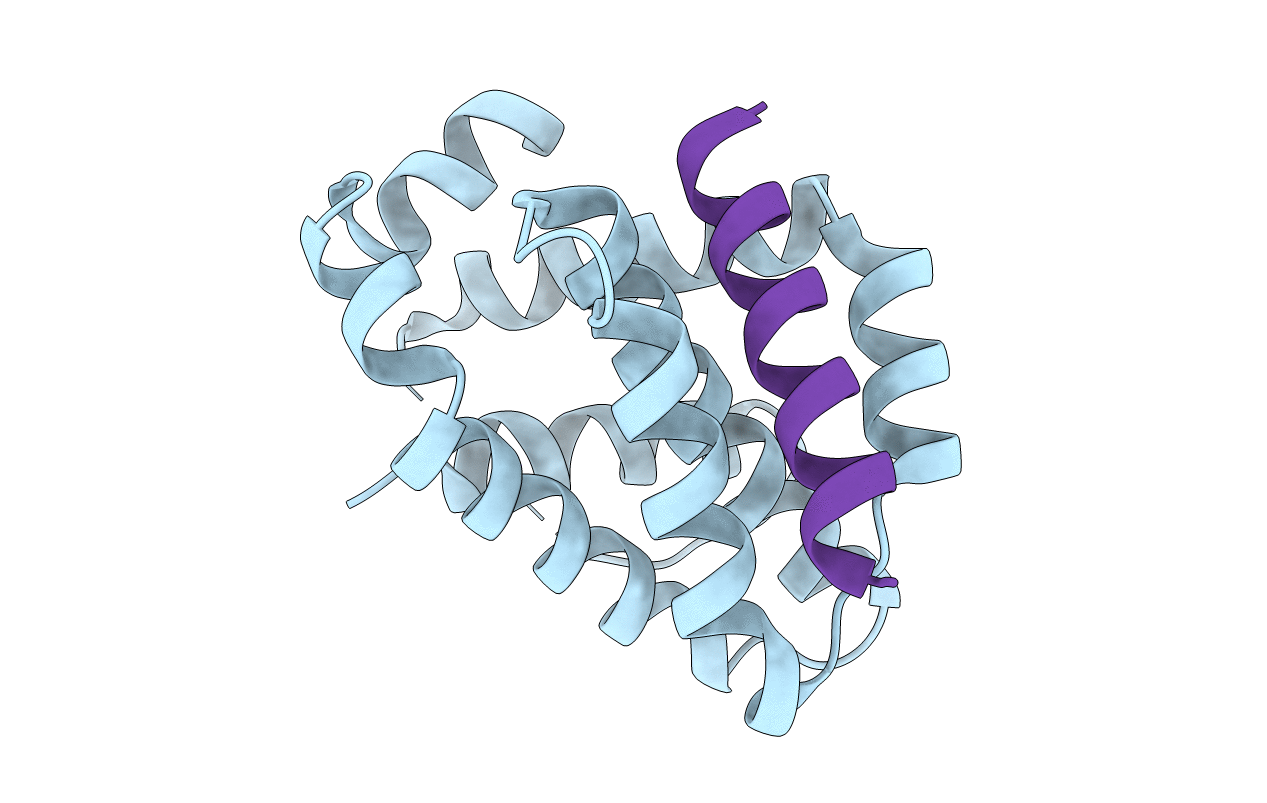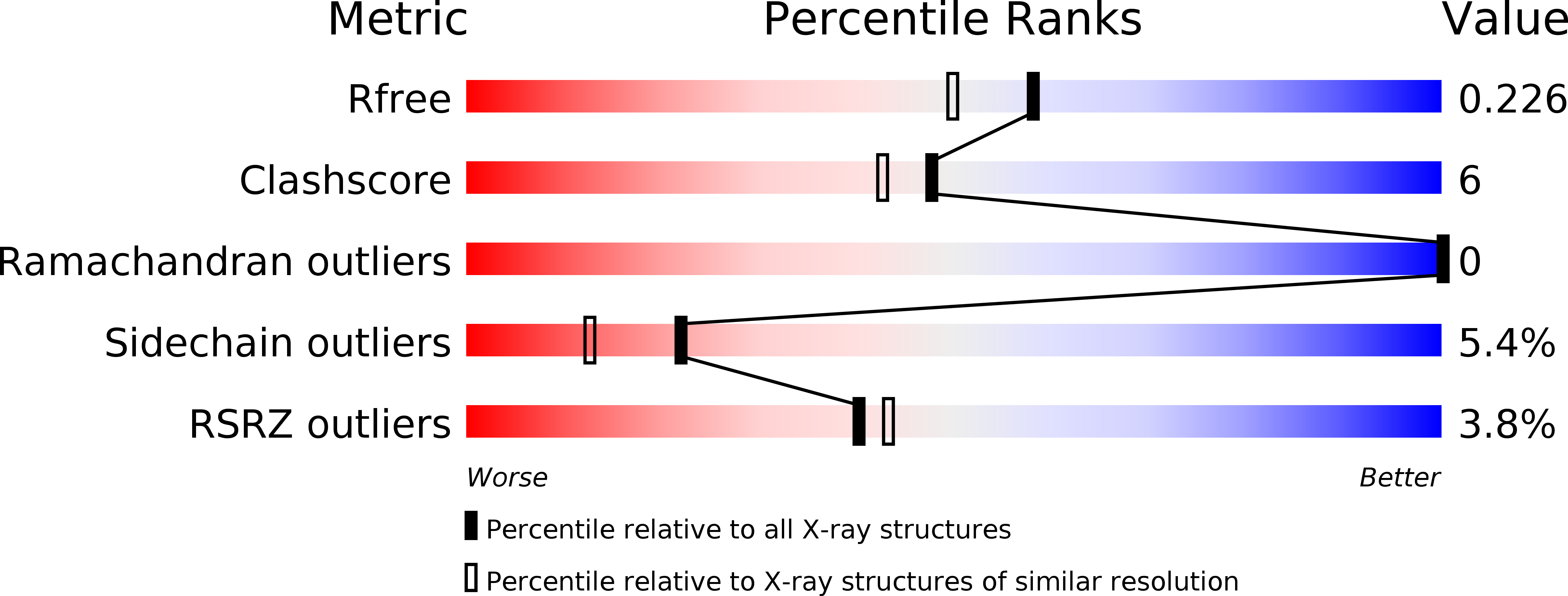
Deposition Date
2019-01-10
Release Date
2019-06-12
Last Version Date
2024-01-24
Method Details:
Experimental Method:
Resolution:
1.90 Å
R-Value Free:
0.21
R-Value Work:
0.16
R-Value Observed:
0.17
Space Group:
P 21 21 21


